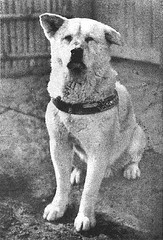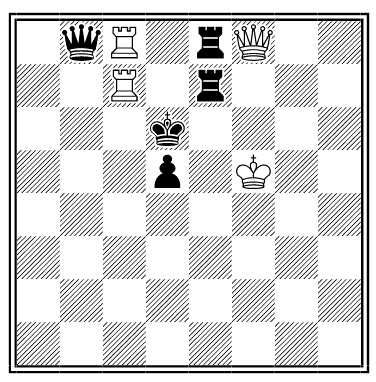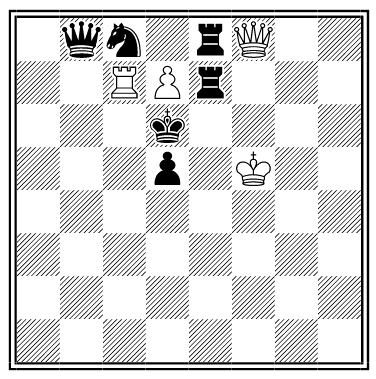A conundrum from Henry Ernest Dudeney, Modern Puzzles, 1926:
Dora Crackham one morning produced a slip of paper bearing the jumble of figures shown in our illustration. She said that a young mathematician had this poser presented to him by his betrothed when she was in a playful mood.

“What am I to do with it?” asked George.
“Just interpret its meaning,” she replied. “If it is properly regarded it should not be difficult to decipher.”
What did she mean?





